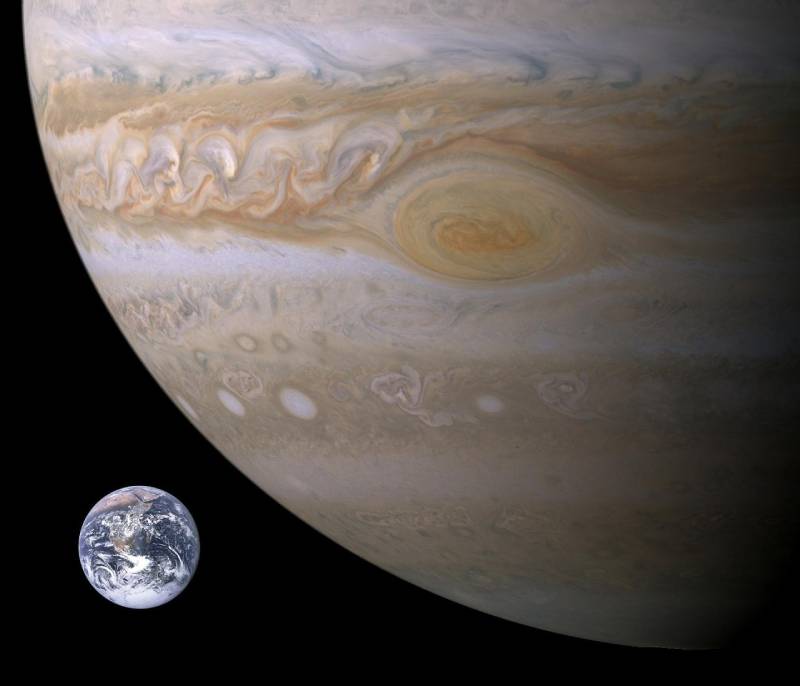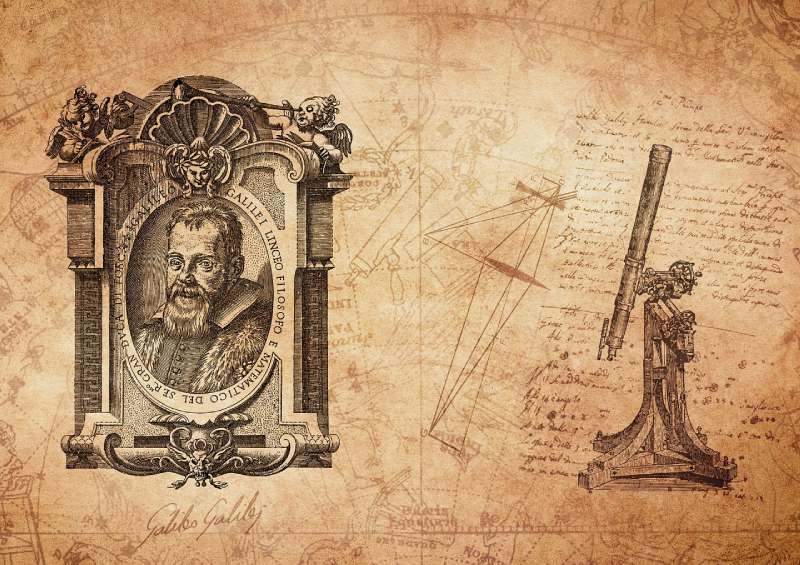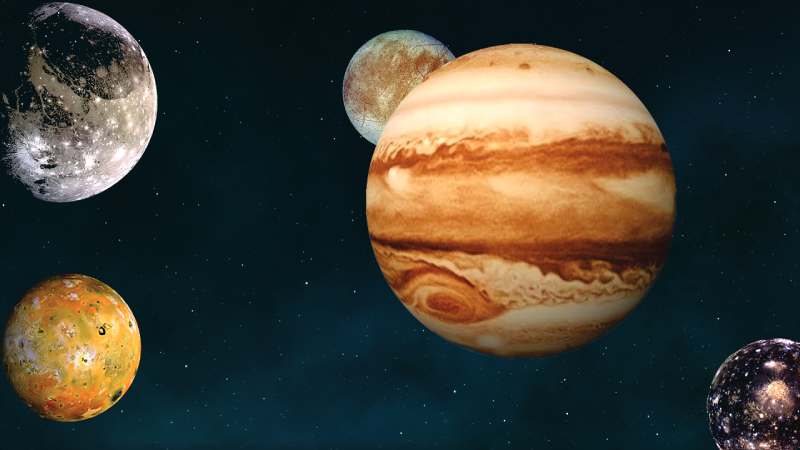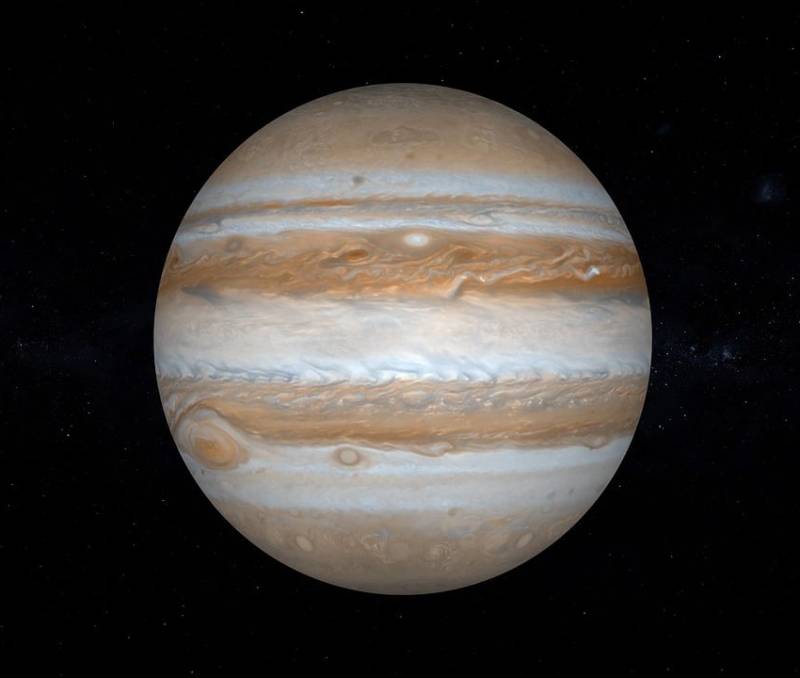We know that Jupiter is the largest planet in our solar system. However, it does not have a solid surface and is made out of gas, so why is it considered a planet? Jupiter is regarded as a planet because it meets the essential criteria required to be classified as a planet. There are three main criteria determining a planet and Jupiter easily meets all three points regardless of its gas features.
Criteria of a Planet
In order to be considered a planet, the object needs to meet three criteria according to International Astronomical Union (IAU).
The three criteria are as follows:
- Orbit the Sun: In order to be considered a planet the object must orbit the sun. All planets orbit the sun. For example, the Earth orbits the sun and it takes 365 days to do so. Jupiter also orbits the sun. It takes 12 years to orbit around the sun.
- Spherical: The object must be spherical due to its own gravity. Jupiter has an extremely strong gravitational pull (hence why it has so many moons). Due to its immense gravitational pull, it has formed a nearly spherical shape.
- Mass: When a planet orbits around the sun, it must have the mass to be able to move objects out of the way to avoid collision. Jupiter has cleared its orbit. This means that it sweeps and ejects things from its path.
All three of these stipulations have been met by Jupiter, and therefore has been classified as a planet. It may seem a little silly to question the validity of Jupiter as a planet, but its chemical composition is eerily similar to that of a star.
Is Jupiter a Star?
Stars are made up of the same chemical makeup as Jupiter. They are both primarily made up of gases such as hydrogen and helium. Although they are made up of the same things, Jupiter is not a star.
Stars are large celestial objects that have enormous gravitational forces and pressure at their cores that cause nuclear fusion reactions, where hydrogen atoms fuse together to form helium and then release the energy. Nuclear fusion is what generates light and heat.

However, Jupiter’s mass is not nearly large enough to ignite nuclear fusion and sustain a star-like state. Although Jupiter may seem large to us (318 times larger than Earth), it is still not large enough for nuclear fusion. Yes, Jupiter is as large as many stars in the Universe, but the mass is what counts. Its mass isn’t as large as the stars.
The Evolution of Jupiter
Jupiter has been a planet since the formation of the solar system, which is estimated to be 4.6 billion years old! The term planet has been used for thousands of years to describe visible celestial objects that move amongst the stars.
It was first noticed by ancient civilizations such as the Babylonians and the Greeks. They noticed that there was one celestial body always moving, unlike the stars. The stars appear fixed in the sky while one star kept making its way across the sky. They first characterized it as the wandering star. Of course, with modern science, we learn that it is wandering because it is orbiting around the sun.
Even though Jupiter is millions of miles away from Earth (454 million miles to be exact), it is still seen by the naked eye because it is extremely bright!
Jupiter’s planetary status was officially solidified by Nicolaus Copernicus in the 16th century. Copernicus shared a model of the solar system depicting Earth, Mars, Jupiter, and Venus all orbiting around the sun. This was the first time that somebody had shown a model of multiple celestial bodies orbiting individually around the sun.
Our Modern Jupiter
In the 17th century, Jupiter was able to be viewed even more in-depth due to the advancement of impressive telescopes. Jupiter was observed by Galileo Galilei and was able to see Jupiter along with its four largest moons.

As more progression occurred, more of Jupiter’s characteristics came to light. Scientists were able to figure out that it was a giant ball of gas and not the solid surface that we experience here on Earth. It was definitely different than the other celestial objects in the sky.
As more planets were observed, it became quite apparent that Jupiter was in fact the largest planet in our solar system. That fact has been reaffirmed time and time again with more advancements in technology.
All About the Planet Jupiter
Jupiter is a huge gas planet. It is absolutely massive! It is known for its size, its brightness, and the infamous red dot. Jupiter’s circumference is about 272,946 miles. It rests about 461 million miles away from the sun. Jupiter has 95 moons that orbit around the massive planet.
For comparison, Earth’s circumference is 24,901 miles. We rest about 94.3 million miles away from the sun and we only have one moon.
Several of Jupiter’s moons are of interest to scientists because there is water beneath the surface. Some wonder if Jupiter’s moons have the ability to support life. The two most interesting moons consist of Europa and Ganymede.

One moon, Lo, is very interesting to scientists, not because of the chance of life but because of its volcanic activity. Lo has the most volcanic activity of any celestial body in the entire solar system.
We are unable to land on the surface of Jupiter because there is no surface. Since Jupiter’s almost entirely made of gas, there is no chance that life can survive. Jupiter also has an impressively terrible climate that would make it impossible to survive. The atmosphere actually makes it quite difficult to study.
Jupiter, The Largest Planet in the Solar System
Scientists are continuously learning more about the large massive gas giant. The largest planet in our solar system is quite a marvel and it will be interesting to see how much more we can learn as we develop technology. With each mission, we are able to get closer and clearer photographs of Jupiter and its moons.
We are always evolving our methods to answer more questions about Jupiter. Scientists have many plans for future missions.
Jupiter is undoubtedly a planet in our solar system. It meets all the criteria of being a planet and doesn’t meet the criteria of being a star or another celestial body.

